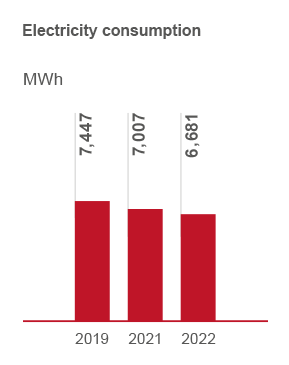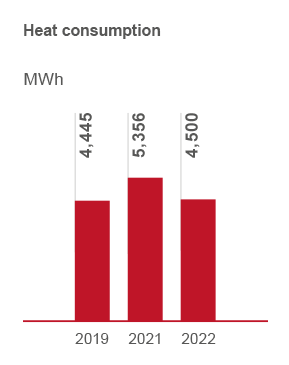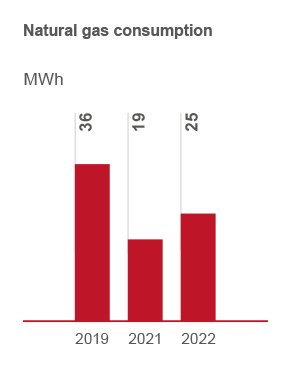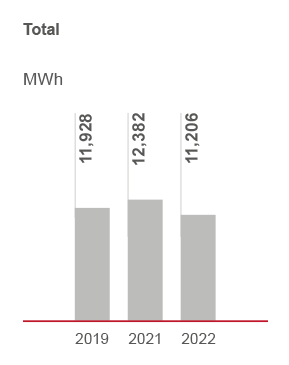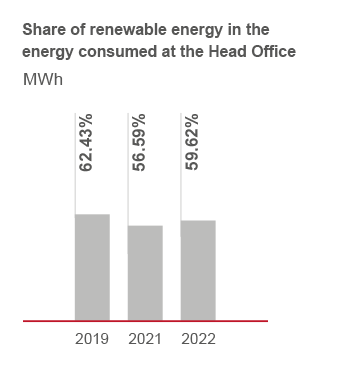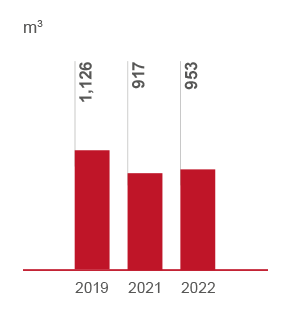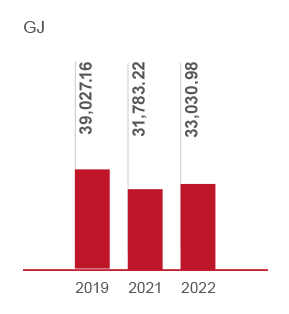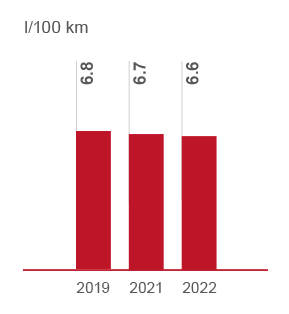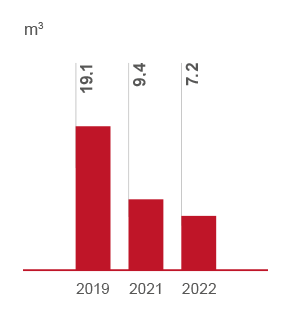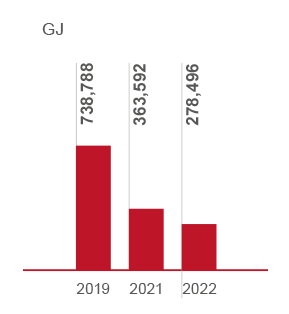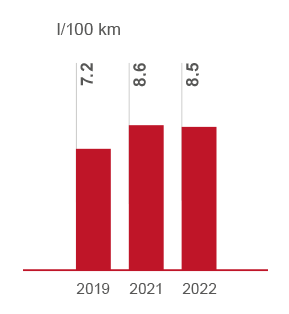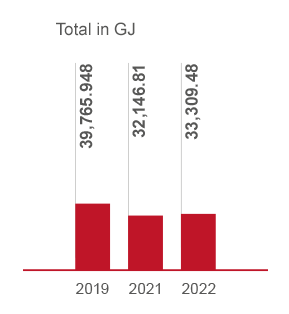1.1 Letter from the President of the Management Board
1.2 Letter from a Member of the Management Board
5.1 Objectives and description of the impact analysis process, results
5.2 Identified impact areas
5.3 Impact on employees
5.4 Impact on customers
5.5 Impact on society
5.6 Impact on natural environment
5.7 Impact on economy and market environment
5.8 Impact barometer
6.1 Our workplace
6.2 Workplace in numbers
6.3 We create friendly workplaces for people with disabilities
6.4 We develop diversity
9.1 We are striving to achieve net zero
9.2 Environmental management system
9.3 We identify climate-related risks and opportunities
9.4 Emissions and resources used
9.5 Taxonomy disclosures
9.6 TCFD disclosures

